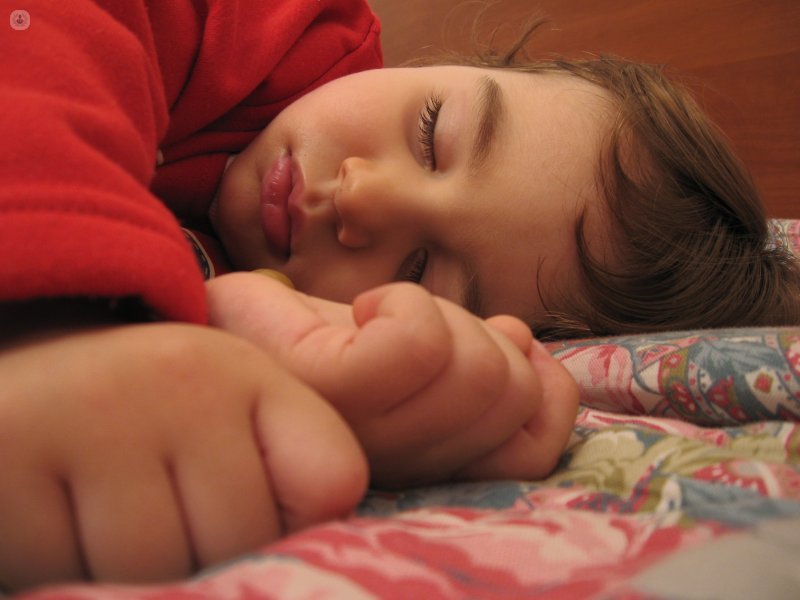Syncope in children: symptoms, diagnosis and treatment
Written by:I n most cases syncope is benign, and we must reassure the patient and family. However, sometimes it may be due to heart disease, so it is important to a correct diagnosis.

What is syncope
It is called syncope a transient loss of consciousness due to a decrease in cerebral blood flow, and is one of the most common causes of fainting in children and adolescents. About 15-50% have suffered a fit throughout his life and is rare before 12 years of age.
Syncope symptoms in children
According to experts in Pediatric Cardiology , much of the benign or vasovagal syncope (common syncope), ie not respond to any structural alteration or the electrical conduction of the heart. They are characterized by fast, short and quick and complete recovery.Usually they occur when standing (or rising sharply) and after a factor that precipitates:- Fast- Crowded or hot places- Feelings like anxiety, fear or pain- Overview bloodHowever, syncope may also signal some cardiac distress alarm, which called cardiogenic syncope, and it is this which can be a warning of possible sudden death, and that forces us to make a more detailed study.Most benign syncope have previous symptoms like dizziness, pale skin and sweating, vision blips or beeps that warn of impending loss of consciousness, sometimes giving time to sit or warn people about.Syncope those that are due to a cardiac cause manifest as sudden loss of consciousness or during exercise; also they can be accompanied by chest pain or palpitations, and potentially fatal. They can be due to:- Structural alteration of the heart or coronary arteries- Heart Inflammation- Thickening of the heart walls- Scarring of the heart
Diagnosis of syncope in children
Doing a good clinical history and examination and normal electrocardiogram, it is sufficient to diagnose vasovagal syncope or benign, leaving more specific tests, such as chest x-ray, echocardiogram, stress testing or Holter (test that records the electrical activity heart for 24-48 hours, trying to detect arrhythmias), for those cases where suspected anything unusual.
Treatment of syncope in children and recommendations
The main treatment is prevention vasovagal syncope, avoiding all those above factors that may precipitate, supported by a common fluid and salt intake. When premonitory symptoms such as dizziness or pale skin are detected, it is also necessary to sit down and put your head between your legs. And once established, we must elevate your legs above the level of the head to increase cerebral blood flow.Finally, treatment of cardiogenic syncope is to treat each specific cause, and can range from surgery and correct the congenital heart disease or structural abnormalities of the heart, the implantation of a defibrillator within the heart to reverse the appearance of a possible malignant tachycardia, ablation, or destruction by catheterization of an anomalous electrical pathway that predisposes to arrhythmias, or just antiarrhythmic treatment and observation.


